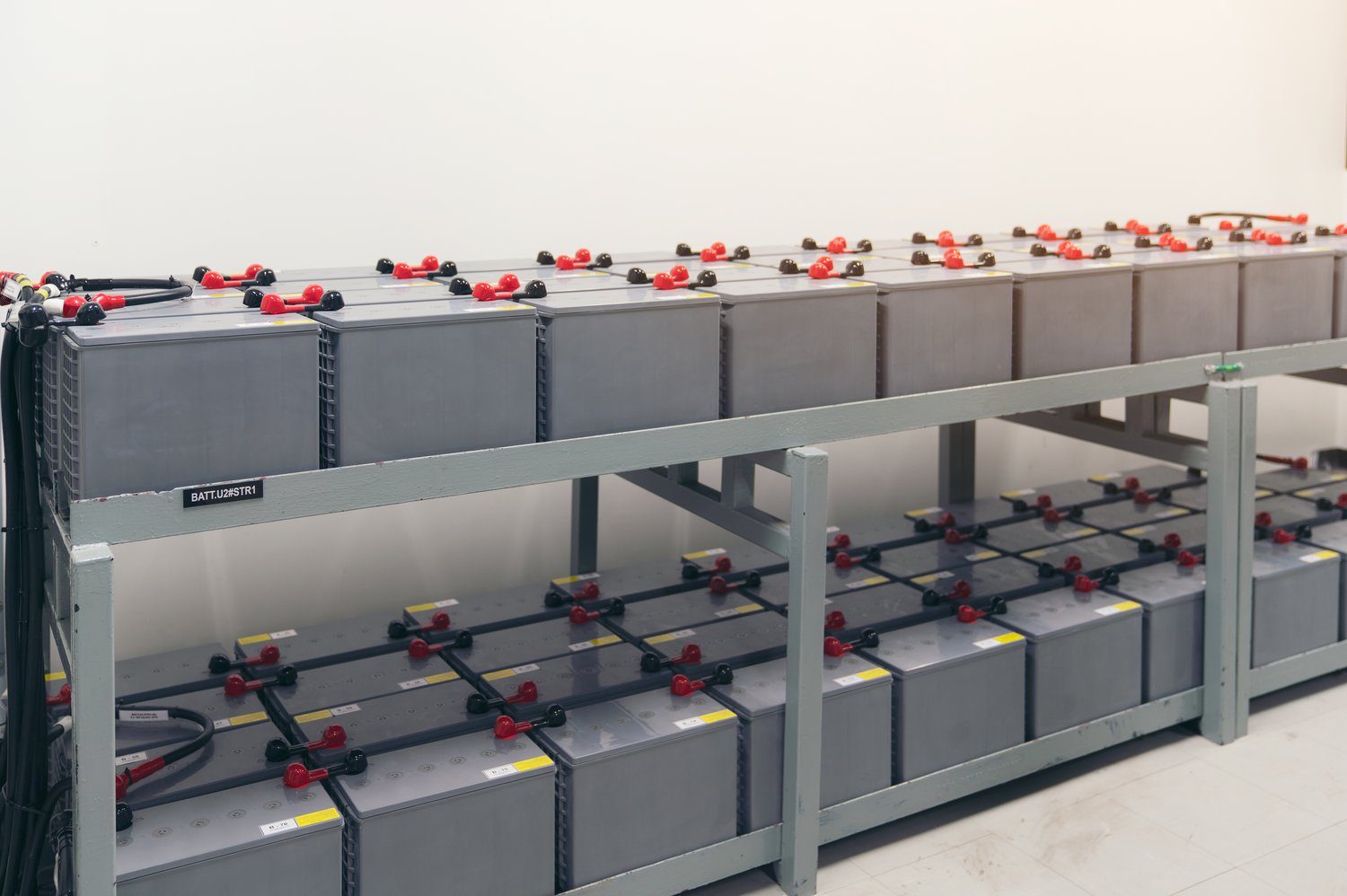Energy independence is no longer a far-off dream; it’s becoming an attainable reality, and home battery storage is at the forefront of this revolution. Imagine harnessing the power of the sun during the day and using that stored energy at night, effectively cutting down on utility costs and securing a reliable backup during outages. This guide delves into the essentials of home battery storage installation, a vital step toward a more sustainable and resilient lifestyle.
- Explore how home battery storage systems function and the significant components that make them a game-changer in household energy management.
- Learn what to assess when determining if your home is primed for battery storage, considering factors like space, electrical infrastructure, and current energy systems.
- Discover a comprehensive step-by-step approach to installing a home battery storage system, ensuring you choose the right equipment and comply with professional standards.
By diving into the intricacies of home battery storage installation, you’ll gain the knowledge needed to boost your home’s energy efficiency and security. It’s time to explore how this technology can be a key player in your journey toward sustainability and greater control over your energy resources.
Understanding the Basics of Home Battery Storage Installation
Home battery storage systems have revolutionized the way households manage energy. These systems store energy generated from renewable sources like solar panels, or through the grid, allowing for greater control over energy use. At their core, home battery storage systems work by capturing and storing electricity during low-demand periods, to be used when it’s most needed.
The key components of a battery storage system include the battery itself, an inverter, and a monitoring system. The battery, often lithium-ion, is tasked with storing energy. The inverter plays a crucial role in converting the stored DC energy into AC energy, making it usable for home electronics and appliances. Meanwhile, the monitoring system provides real-time insights into energy storage levels and usage patterns.
One of the main benefits of installing a home battery storage system is enhanced energy efficiency. By storing excess power, households can significantly reduce reliance on the grid, leading to lower energy bills. Moreover, these systems provide a reliable power backup during outages, ensuring continuous power supply. As the demand for renewable energy solutions grows, home battery storage offers an eco-friendly way to embrace sustainability.
Assessing Your Home’s Suitability for Installation
Before moving forward with a home battery storage installation, assessing your home’s suitability is a critical step. One of the first considerations is space requirements. The location selected for installation should be spacious enough to accommodate the battery and related equipment, often requiring a dedicated area like a garage or basement.
Another vital factor is the home’s existing electrical infrastructure. It’s essential to evaluate the current setup to ensure that it can support the integration of a battery storage system without complications. Upgrading outdated wiring or electrical panels may be necessary to meet the demands of the new system and ensure safety.
Additionally, compatibility with existing energy systems, such as solar panels, plays a pivotal role. For homes already utilizing solar energy, it’s crucial to check if the solar setup is conducive to the addition of battery storage. This includes examining the inverter compatibility and ensuring that the system can seamlessly integrate to optimize energy management.
Taking the time to thoroughly assess these factors will help in making an informed decision, ensuring the installation process is smooth and effective.
Steps to a Successful Home Battery Storage Installation
Embarking on a home battery storage installation journey can significantly enhance your energy sustainability. To ensure a successful process, consider the following comprehensive steps. These guidelines are tailored to assist homeowners in selecting the right equipment and ensuring a compliant installation.
1. Evaluate Your Energy Needs
Understanding your household’s energy consumption is crucial. Begin by analyzing your electricity bills and identifying peak usage times. Determine the capacity and type of battery storage that will best meet your needs. Consider potential future increases in energy consumption if you plan to expand your home or incorporate additional devices.
2. Select the Right Equipment
Choosing the appropriate components for your home battery system is essential. Research various battery technologies such as lithium-ion, lead-acid, and flow batteries. Each has its advantages and cost implications. Consider the battery’s lifespan, warranty, and energy efficiency to make an informed decision. It’s advisable to consult with professionals or read user reviews to ensure the battery quality meets your expectations.
3. Design a Comprehensive System
A well-planned system design is crucial for optimal performance. Assess the integration potential with existing systems like solar panels. Factor in inverter and electrical panel specifications to ensure compatibility. This step may require collaboration with an experienced solar engineer or installation expert who can tailor the design to your home’s unique requirements.
4. Secure Necessary Permits and Approvals
Before installation begins, obtain all relevant permits. These might include building and electrical permits required by local authorities. Adhering to bylaws and zoning regulations ensures your installation project adheres to legal guidelines and safety standards, preventing potential future obstacles.
5. Professional Installation
Hiring a certified installer guarantees safety and compliance with all necessary standards. Professional installers can efficiently handle complex wiring tasks, troubleshoot potential issues, and advise on optimal placement. This step maximizes system efficiency and longevity, providing peace of mind.
6. Post-Installation Procedures
Once installed, verify the system operates as expected. Schedule regular maintenance checks to ensure peak performance and longevity. Monitor energy output and savings regularly using manufacturer-provided tools or apps. This monitoring helps identify any potential operational issues early on, ensuring continuous energy efficiency.
By carefully navigating these steps, you’re poised for a seamless home battery storage installation. The benefits include enhanced energy independence, reduced electricity bills, and a smaller carbon footprint, contributing to a sustainable future.
FAQs on Home Battery Storage Installation
What are the main benefits of home battery storage?
Energy efficiency: Home battery storage systems optimize energy usage and resilience: provide backup power during outages.
How do I know if my home is suitable for battery storage?
Evaluate space availability, electrical infrastructure, and compatibility with current systems.
What components are typically included in a home battery storage system?
- Battery unit
- Inverter
- Battery management system
- Monitoring software
Can I install a home battery storage system myself?
For safety and compliance, it’s recommended to hire professionals for installation.
How long does it take to install a home battery storage system?
The process usually takes a few days, depending on complexity and home readiness.
What factors influence the cost of home battery storage systems?
- System capacity
- Brand and quality of components
- Installation complexity





